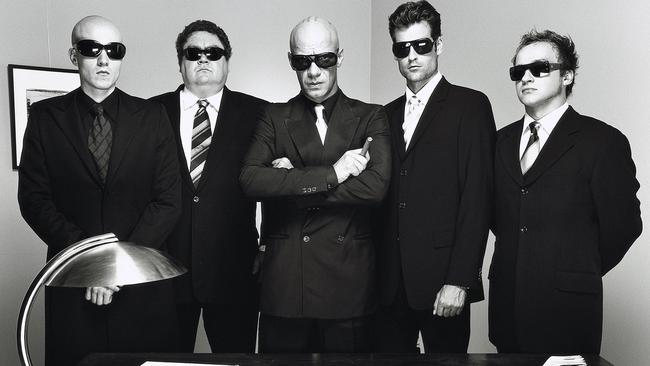Most business leaders don’t need help to make fools of themselves
Many of our business leaders do not need any help to make fools of themselves.

There is an old saying in one of Australia’s two major political parties: “What do you do when the electorate feels betrayed? The answer is betray it again.”
Political parties know rusted-on members will trust them no matter what they do or say. Many big companies labour under the delusion that what people quaintly call stakeholders trust them in the same way.
That’s why most large corporations all stick to the same motherhood/fatherhood statements. You know, “safety is our top priority”, “the environment is our top priority”, “shareholders are our top priority”, “we really care about our customers” and “employees are our most important assets”.
There should be an award for the first chief executive who has a HR person send out an all staff email that says: “You’re lucky to have a job here and the minute we can find someone in Asia, or a child, to do your job cheaper you will be out the door in a flash.”
Most of what executives believe are communication problems (if we could only get the facts across) are operating and behavioural problems. You see it’s not only what leaders say — what they and their companies do is even more important. Most chairmen and CEOs like to think they really understand the front line and the front line really respects them. However, most top-level visits to operations are more heavily organised than Betty and Phil Windsor’s visits to the Antipodes. Consider a recent board visit to a heavy industry plant. The grass outside the site office was sprayed green and only the halls and offices where the directors would walk were freshly painted.
Compare that with former Naional Australia Bank boss Don Argus, who could not only remember the names of employees he met even once, but their partners’ names as well. When then Westpac boss Bob Joss first came to the then troubled bank he sat, unannounced, at tables in the staff cafeteria rather than lunch in the executive dining room with its liveried wait staff. That news spread faster around the global branch network than an all-staff bulletin.
No wonder executives and their companies have a trust problem. Last year’s Readers Digest 50 most trusted professions lists clergy and chief executives slightly above sex workers. Of the top 100 most trusted people, Gerry Harvey, chairman of retailer Harvey Norman, and John Symond, executive chairman of mortgage broker Aussie, were the best of business in the mid 30s. Rolf Harris was towards the bottom.
There are two easy ways to tell if you have a problem. Has your company been in the media more than once for the same problem? Look at your website. Does it contain a mission, vision or purpose statement such as: “It is our responsibility to assertively administrate timely deliverables in order to solve business problems”. (Courtesy the Dilbert mission statement generator.)
The approach to solving the trust issue comes down to three drivers:
• Competence (I can’t trust you if you or your company/industry are proven incompetents, liars and fools);
• Altruism (you care about more than profits and yourself than the rest of us); and
• Similarly, the more you are like me the more I am going to trust you.
The problem for business leaders is most of the time they let self-esteem get in the way of pragmatic outcomes. “Why shouldn’t I buy a new Ferrari at the same time we are laying off a thousand staff?” And they find it hard to deal with ambiguity and emotion. They believe there must be a simple solution, not realising simple solutions only exist in the minds of cowboys, fools and investment bankers. Of course, the other solution is to hire a public relations consultant not realising most executives don’t need a PR flack to help them make fools of themselves. They are perfectly capable of doing it on their own.



